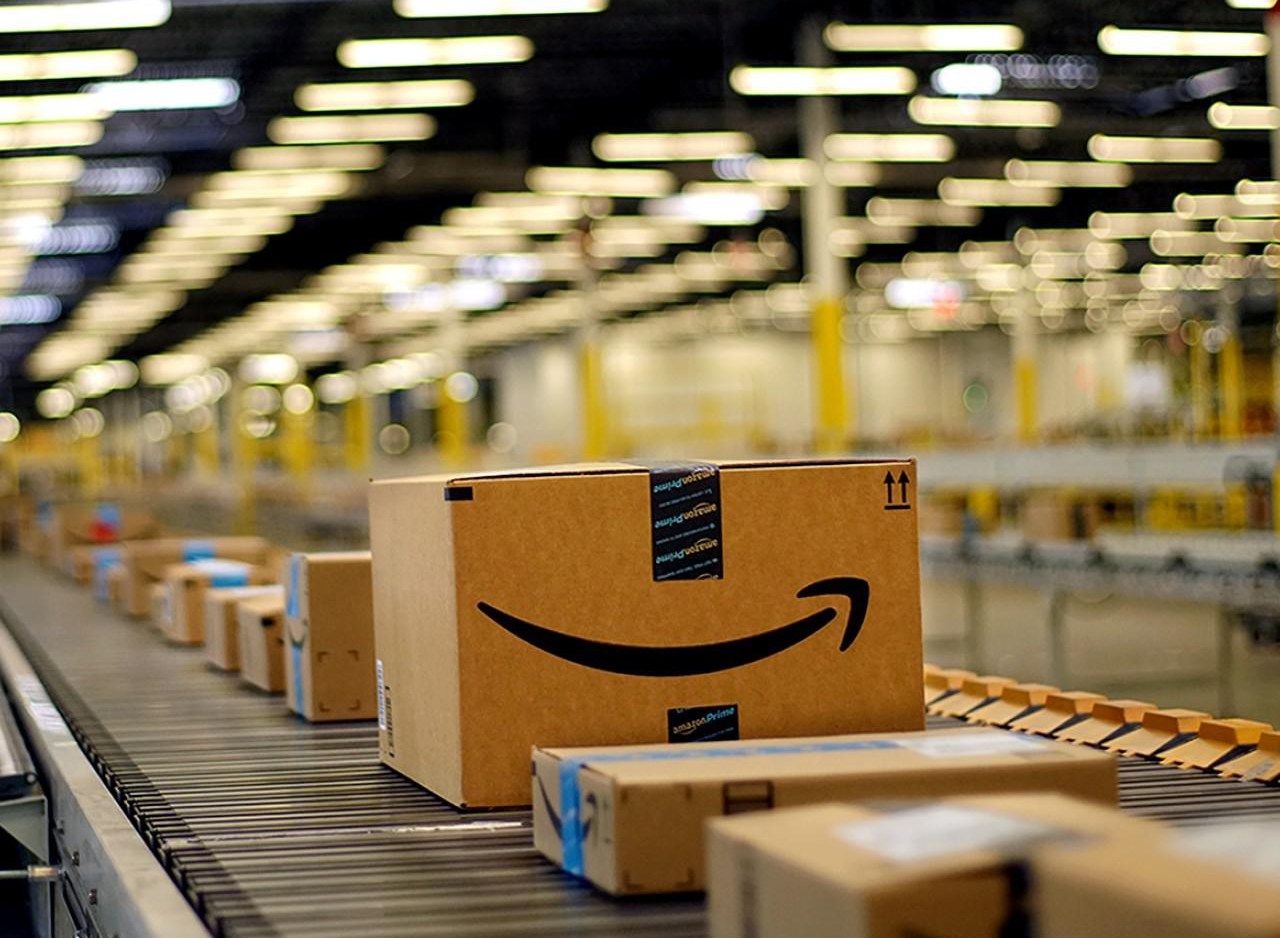FBA LCL Quote
FBA 40HQ FCL Quote
Shipping goods from China to the US involves several considerations, from choosing the right shipping method to understanding cost implications. Here's a comprehensive guide to navigating these crucial elements to ensure smooth operations and cost-efficiency.
Ocean Freight from China to the US
Ocean Freight FCL
Ocean Freight FCL, or Full Container Load, is a shipping method where a single shipper's goods exclusively occupy an entire container. This approach is ideal for large, bulk shipments because it maximizes cost efficiency for high-volume cargo. Common container sizes used in FCL shipments include 20-foot, 40-foot, and 40-foot high-cube containers, each designed to accommodate different cargo volumes. Given that about 90% of the world’s trade is carried by sea, FCL shipping is a prevalent choice for substantial freight needs. By dedicating a whole container to one shipper, FCL shipping offers increased security, reduced risk of damage, and more predictable transit times compared to other shipping methods.
Click Here to Check Ocean Freight FCL Quote from China to the United States: https://globalshippingauto.com/fcl-shipping-from-china

Ocean Freight LCL
Ocean Freight LCL, or Less than Container Load, is a shipping method used for cargo loads that are not large enough to fill an entire 20ft or 40ft shipping container. This method involves consolidating smaller shipments from different shippers or consignees into a single container, which optimizes space and reduces costs for each party involved. Approximately 90% of the world’s trade is carried by sea, and for shipments weighing more than 100kg or consisting of multiple cartons, ocean freight in containers is typically used. LCL shipping provides extensive and frequent direct services to and from all major ports and inland points worldwide, making it a versatile option for smaller shipments.
Click Here to Check Ocean Freight LCL Quote from China to the United States: https://globalshippingauto.com/lcl-shipping-from-china

Air Freight from China to the US
Air Freight is the transportation of goods by aircraft, which is a fast and efficient means of shipping. Airlines transport over 52 million metric tons of goods per year, representing more than 35% of global trade by value but less than 1% of world trade by volume. Air freight is particularly advantageous for time-sensitive, high-value, or perishable goods that require rapid delivery. While air freight accounts for only about 1% of total freight transported worldwide by weight, it is a crucial component of global logistics and supply chain management. Air freight offers speed, reliability, and the ability to reach remote locations, making it a valuable option for businesses that need to quickly move small to medium-sized shipments around the world.
Click Here to Check Air Freight Quote from China to the United States: https://globalshippingauto.com/air-shipping-from-china

Express from China to the US
Express shipping services like FedEx and DHL offer the fastest shipping times, ideal for urgent shipments. This method, however, is usually the most expensive due to its expedited nature and value-added services like door-to-door delivery and tracking.
Click Here to Check Express Freight Quote from China to the United States: https://globalshippingauto.com/express-shipping-from-china

Freight Forwarders from China to USA
Auto Shipping is a specialized freight forwarding service that helps streamline international shipping from China to Amazon FBA warehouses, including in the USA. They offer comprehensive services like FCL and LCL ocean freight, air freight, express shipping, and customs brokerage. Auto Shipping focuses on competitive rates, secure transport, and fast delivery, ensuring compliance with Amazon FBA requirements to minimize delays or rejections at fulfillment centers. They also provide advanced tracking and dedicated customer support to keep clients informed throughout the shipping process.




